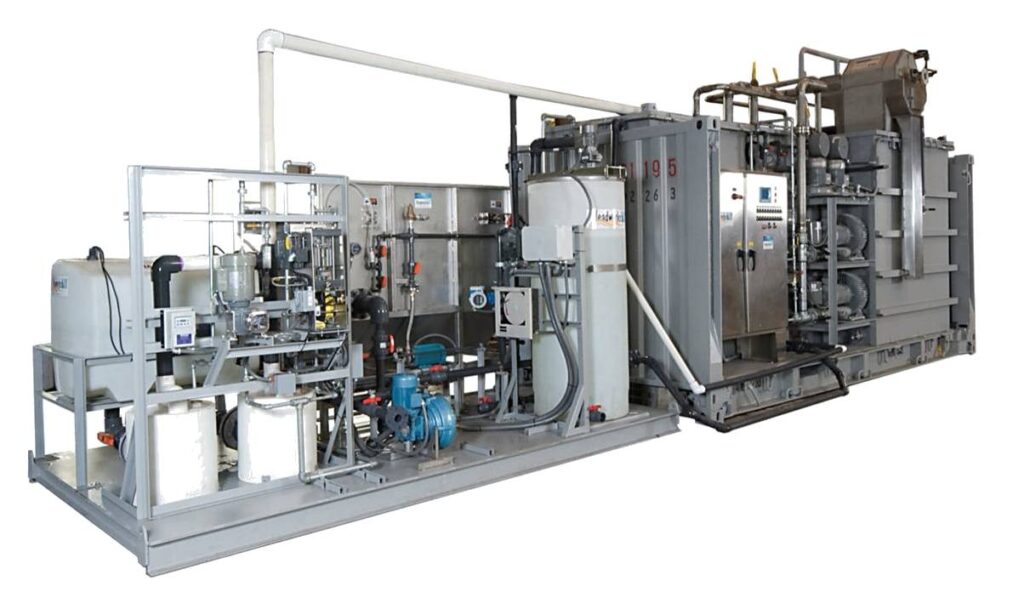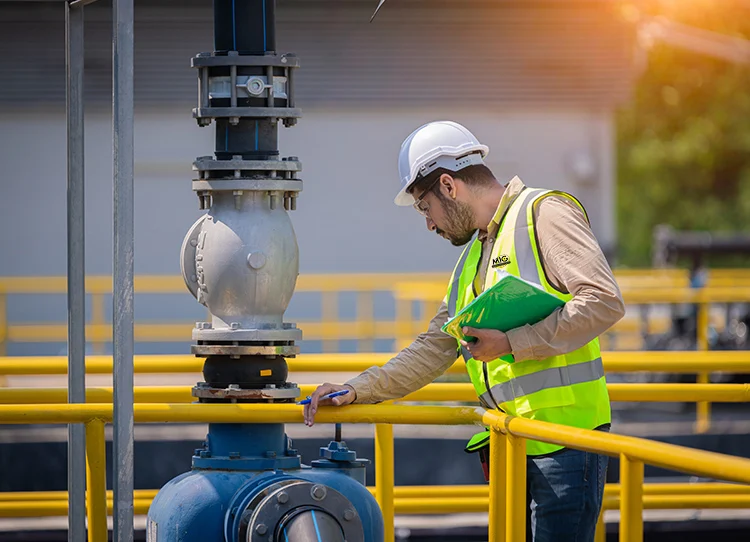Wastewater treatment equipment is an essential part of modern society, as it plays a crucial role in protecting the environment and public health. With the increasing demand for clean water, the need for efficient and effective wastewater treatment equipment has never been more pressing.
Types of Wastewater Treatment Equipment
There are several types of wastewater treatment equipment available, each with its unique features and benefits. The most common types include:
- Activated Sludge Systems: These systems use microorganisms to break down organic matter in wastewater, producing biological matter that can be easily removed.
- Sequencing Batch Reactors (SBRs): SBRs are fill-and-draw activated sludge systems that treat wastewater in a series of batches, reducing the amount of space required for treatment.
- Package Treatment Plants: These plants are pre-fabricated, self-contained units that treat wastewater using a variety of technologies, including activated sludge, trickling filters, and rotating biological contactors.
- Membrane Bioreactors (MBRs): MBRs combine activated sludge treatment with membrane filtration, producing high-quality effluent that can be reused or safely discharged into the environment.
- Constructed Wetlands: These systems use natural vegetation and microorganisms to treat wastewater, producing a natural, chemical-free effluent.

Introduction to Wastewater Treatment Equipment
Wastewater treatment equipment is designed to remove pollutants and contaminants from wastewater, producing clean water that can be safely discharged into the environment. The equipment uses a combination of physical, chemical, and biological processes to treat wastewater, depending on the type of equipment and the specific application.
In conclusion, wastewater treatment equipment is a crucial part of modern society, protecting the environment and public health by treating wastewater efficiently and effectively. With the variety of equipment available, there is a solution for every wastewater treatment need. Understanding the different types of equipment and their functions can help determine the best solution for a specific application.
In the next section, we will discuss the benefits of using wastewater treatment equipment and how it can help protect the environment and public health.
separator, sedimentation, filtration, disinfection, sludge treatment, and effluent treatment. Each process plays a critical role in the treatment of wastewater, ensuring that the water is clean and safe for discharge or reuse.
The use of wastewater treatment equipment has numerous benefits, both for the environment and public health. Properly treated wastewater can be reused for a variety of purposes, such as irrigation, toilet flushing, and industrial processes, reducing the demand for potable water sources. Additionally, treated wastewater can be safely discharged into the environment, reducing the risk of waterborne diseases and protecting aquatic life.

Conclusion
In conclusion, wastewater treatment equipment is essential for protecting the environment and public health. With the variety of equipment available, there is a solution for every wastewater treatment need. Understanding the different types of equipment and their functions can help determine the best solution for a specific application. By investing in wastewater treatment equipment, we can help ensure a sustainable future for our planet.
In the next section, we will discuss the importance of regular maintenance and upkeep of wastewater treatment equipment to ensure optimal performance and longevity.
Regular maintenance and upkeep of wastewater treatment equipment are essential to ensure optimal performance and longevity. Equipment failure can lead to reduced treatment efficiency, increased operating costs, and potential environmental and health hazards. Regular maintenance can help prevent equipment failure, reduce downtime, and ensure that the equipment operates at peak efficiency.
Maintenance tasks may include cleaning and inspecting the equipment, replacing worn parts, and monitoring the system’s performance. Additionally, regular testing of the treated wastewater can help identify any issues with the equipment and ensure that it is operating within regulatory standards.
In conclusion, regular maintenance and upkeep of wastewater treatment equipment are critical to ensure optimal performance and longevity. By investing in regular maintenance, we can help prevent equipment failure, reduce downtime, and ensure that the equipment operates at peak efficiency, protecting the environment and public health.
